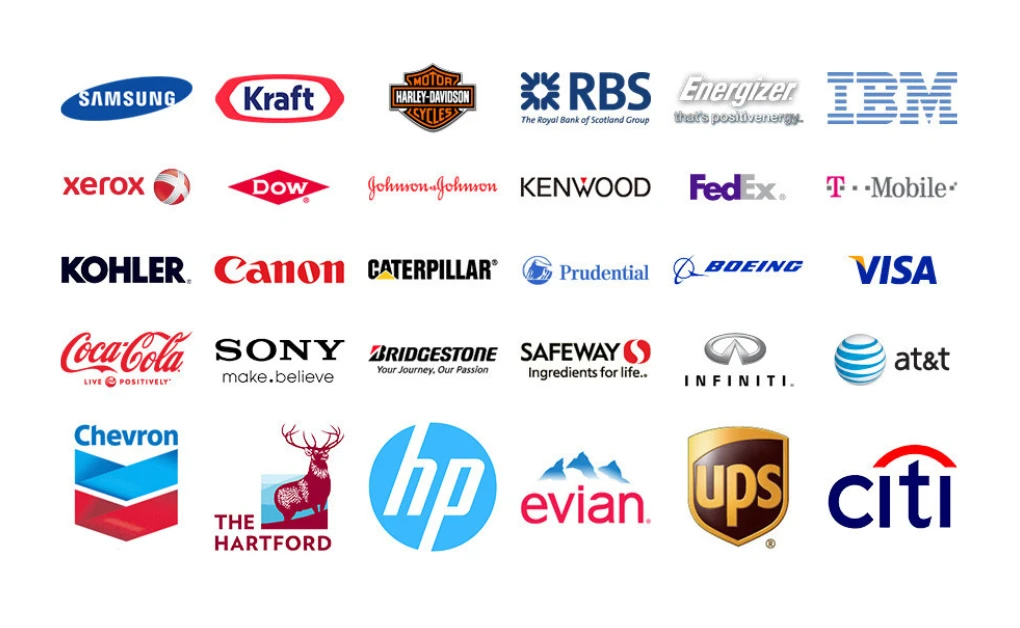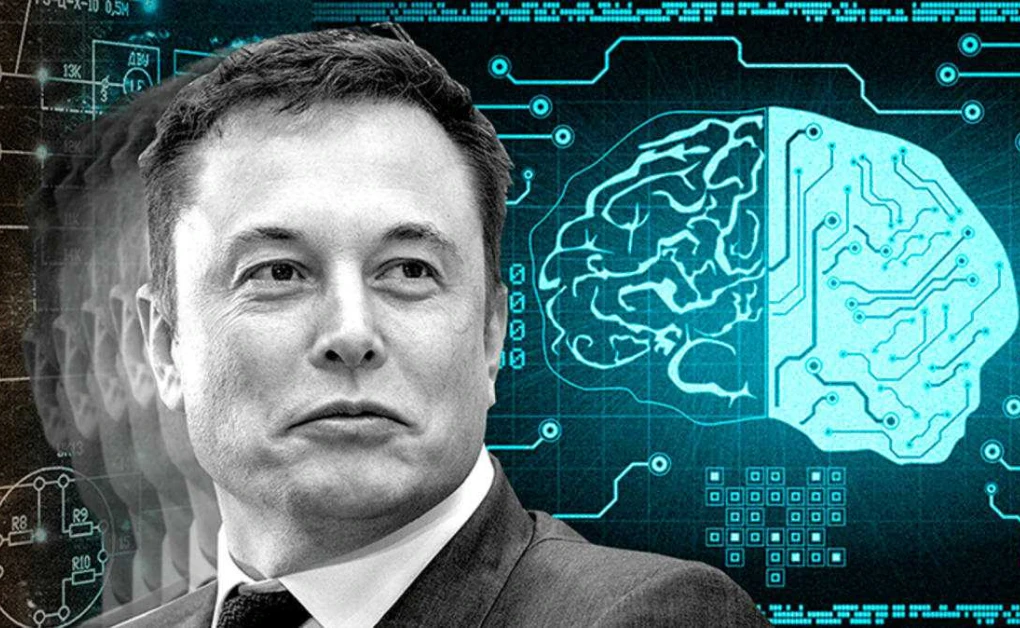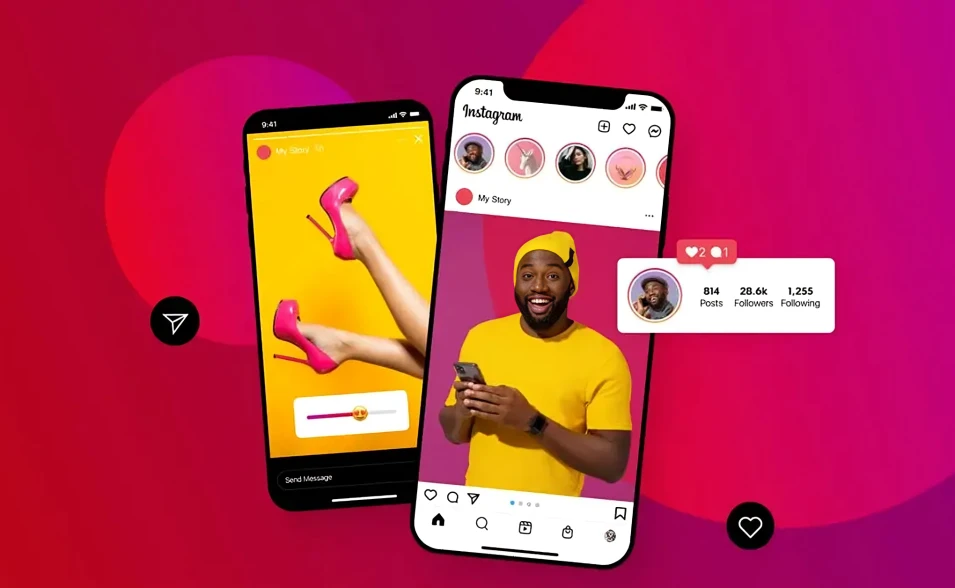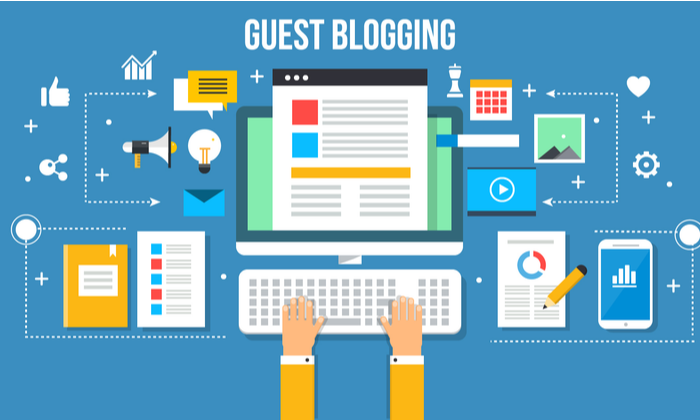Now Reading: Scaling Agile Solutions in 2025: Proven Strategies from Fortune 500 Brands
-
01
Scaling Agile Solutions in 2025: Proven Strategies from Fortune 500 Brands
Scaling Agile Solutions in 2025: Proven Strategies from Fortune 500 Brands

Agile has transformed the way organizations develop products, deliver services, and respond to shifting market demands. Originally designed for software development, Agile has now become a strategic framework for entire enterprises seeking to improve adaptability, efficiency, and customer value.
But adopting Agile practices in small teams is one thing; scaling Agile across Fortune 500 Brands is another. These global giants face unique challenges-multiple business units, complex supply chains, diverse markets, and thousands of employees spread worldwide. In 2025, the question isn’t whether Agile works, but how the world’s largest companies scale Agile solutions to deliver consistent results.
This article explores the proven strategies Fortune 500 Brands use to scale Agile, real-world examples of results, and lessons for organizations aiming to follow their path.
Why Fortune 500 Brands Embrace Agile at Scale

The Need for Speed
In a world where disruption is constant, speed matters. Startups innovate quickly, and customer expectations shift overnight. For Fortune 500 Brands, scaling Agile means keeping pace with competitors while maintaining operational stability.
Customer-Centric Models
Agile emphasizes customer feedback loops. Fortune 500 companies use scaled Agile to deliver products that are not only faster but also better aligned with market needs.
Complex Enterprise Systems
Large organizations juggle complex supply chains, compliance requirements, and global operations. Scaling Agile provides the structure to adapt without sacrificing control.
Cultural Transformation
Beyond processes, Agile brings cultural change-empowered teams, decentralized decision-making, and greater transparency. For Fortune 500 companies, this shift is essential to remain innovative.
Frameworks Fortune 500 Brands Use to Scale Agile
Fortune 500 Brands operate on a global scale, managing complex portfolios, distributed teams, and rapid market shifts. To stay competitive, many of these organizations rely on proven Agile scaling frameworks that provide both structure and flexibility. While small teams can adopt Scrum or Kanban with relative ease, scaling Agile across thousands of employees requires a more strategic approach.
One of the most widely adopted frameworks is the Scaled Agile Framework (SAFe), which provides guidance on aligning strategy with execution. SAFe is popular among Fortune 500 Brands because it emphasizes portfolio management, program-level planning, and continuous delivery. Similarly, Large-Scale Scrum (LeSS) simplifies scaling by extending core Scrum principles to multiple teams working on a single product. For companies looking for flexibility and less prescriptive rules, Disciplined Agile Delivery (DAD) offers a toolkit approach, enabling organizations to choose practices that best fit their culture and context.
Another approach gaining traction is the Spotify Model, which focuses on autonomous squads, tribes, and guilds to encourage innovation while maintaining alignment. Many Fortune 500 Brands adopt a hybrid strategy, blending elements from multiple frameworks to suit their unique business needs.
Ultimately, the goal of these frameworks is to help enterprises achieve faster delivery, improved collaboration, and greater customer focus without losing sight of governance and compliance. By leveraging these scaling models, Fortune 500 Brands are able to innovate at speed while maintaining the discipline required to operate at scale.
Lessons for Other Organizations
While not every business has the resources of Fortune 500 Brands, smaller organizations can still apply key lessons from their Agile journeys:
- Start small but scale intentionally.
- Align Agile initiatives with business goals.
- Empower teams while maintaining strategic oversight.
- Invest in training and cultural transformation, not just tools.
- Continuously measure outcomes, not just activity.
Future Trends: Scaling Agile Beyond 2025

As organizations prepare for the future of work, scaling Agile is expected to evolve in ways that go beyond today’s frameworks. Fortune 500 Brands, in particular, are leading this transformation by blending Agile principles with emerging technologies and adaptive leadership models. Beyond 2025, Agile at scale will be less about rigid frameworks and more about creating dynamic ecosystems that balance speed, resilience, and innovation.
One major trend is the integration of AI and automation into Agile processes. These tools will support predictive planning, real-time decision-making, and continuous feedback loops, helping large enterprises respond to market changes with unprecedented agility. Fortune 500 Brands are also moving toward value stream management, ensuring that every initiative ties directly to measurable business outcomes rather than output alone.
Another shift will be toward enterprise-wide agility, extending beyond IT into HR, finance, and operations. By embedding Agile thinking across the business, companies will foster a culture of adaptability and customer-centricity. Additionally, remote-first collaboration models will continue to expand, driving the need for digital-first Agile practices that connect distributed teams seamlessly.
In essence, Fortune 500 Brands will shape the next era of Agile, where scaling is less about compliance to frameworks and more about empowering people, leveraging technology, and delivering sustained business value.
Conclusion
Scaling Agile is no longer an experimental trend-it’s a necessity for global enterprises navigating disruption in 2025. Fortune 500 Brands have demonstrated that with the right frameworks, cultural shifts, and leadership commitment, Agile can scale across thousands of employees and multiple business functions.
From Nike’s digital innovation to Walmart’s retail transformation, the real-world results are clear: scaling Agile delivers faster time-to-market, higher customer satisfaction, and stronger adaptability.
For organizations aspiring to follow in their footsteps, the path is challenging but rewarding. By adopting proven strategies, focusing on outcomes, and embracing continuous learning, businesses of all sizes can unlock the same resilience and innovation that drive the success of Fortune 500 companies today.
you can also read more article in : therecentmagazine






















